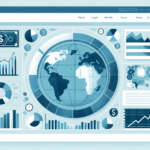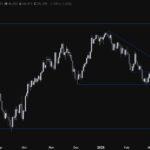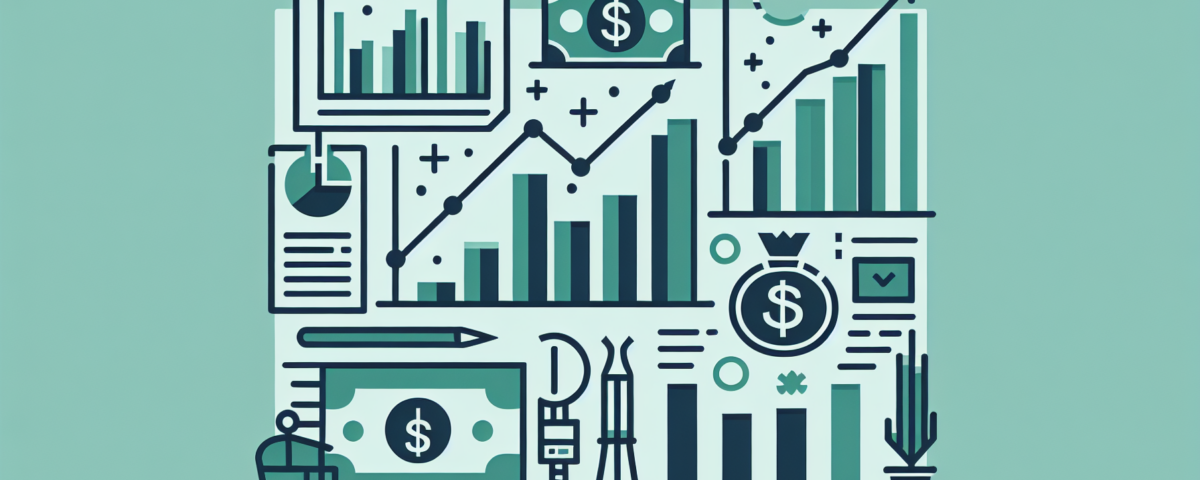
April 2025: U.S.-China Trade War Escalates as Global Markets Plunge
Tháng 4 7, 2025
USDJPY Technical Analysis: Navigating Market Volatility in April 2025
Tháng 4 7, 2025Surge in Market Volatility: Understanding the Driving Forces Behind the VIX Spike
At the start of the week, markets have been rocked by an unprecedented surge in volatility, a phenomenon best captured by the VIX index, which has soared to over 60. This spike in the Volatility Index signals an atmosphere of fear and uncertainty gripping investors, stemming from a confluence of factors that merit closer examination.
Impacts of Tariff Measures on Market Anxiety
One of the primary catalysts for the recent increase in volatility is the tariff measures introduced by President Trump. These announcements have led to a significant escalation in global trade tensions, marking a stark deterioration in international relations. As tariffs create barriers to trade, stock markets across the globe have reacted sharply, leading to downturns that reflect investors’ fears of an economic slowdown. The VIX index has skyrocketed by an astonishing 116% since the beginning of 2025, a clear indication of mounting investor anxiety as they grapple with the implications of these new tariffs. For more context on the geopolitical factors affecting investor sentiment, check out this insightful blog on China’s strategic moves by President Xi.
Analyzing Market Volatility Trends
The S&P 500, a benchmark for U.S. equities, recorded an alarming decline with its most substantial drop occurring on April 3. Notably, despite this significant hit, the initial response from the VIX was less pronounced when matched against historical averages. This anomaly could suggest that investors might be underestimating the potential for future volatility. The muted response implies that there may be further adjustments ahead for the markets as investors recalibrate their expectations in light of soaring risk levels.
Global Economic Concerns Contributing to Investor Sentiment
Mounting fears of a global recession have further amplified market volatility. The decline in major financial indices indicates that investors are increasingly concerned about economic fundamentals amidst the backdrop of tariff-driven market declines. Economic data releases continue to be scrutinized, as they provide critical insights into market health and the trajectory of economic recovery. Consequently, the volatility observed in the markets reflects a reluctance among investors to commit to long positions, heightening risk aversion.
Pessimistic Investor Sentiment and Risk Management Strategies
Polls reflecting investor sentiment reveal a pronounced atmosphere of pessimism. With many market participants focused on effective risk management, there is a significant shift in strategies being employed to prepare for continued market fluctuations. Investors are proactively adjusting their portfolios, positioning themselves to safeguard against potential further downturns. This cautious approach, while prudent, may also act as a self-reinforcing mechanism in perpetuating market volatility.
In summary, the surge in market volatility marked by an elevated VIX index can be attributed to various interlinked factors including escalating tariff measures, apprehensions regarding global economic stability, and a prevailing sentiment of pessimism among investors. As financial landscapes continue to evolve, it is essential for market participants to remain vigilant, proactively managing risks while remaining adaptive to the rapidly changing dynamics of the economy.

